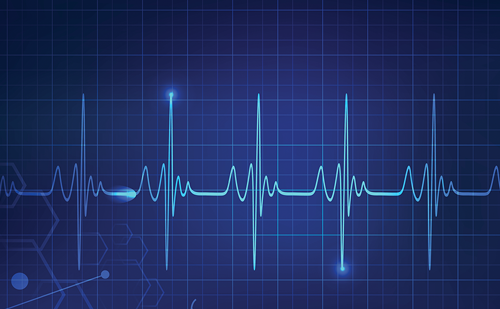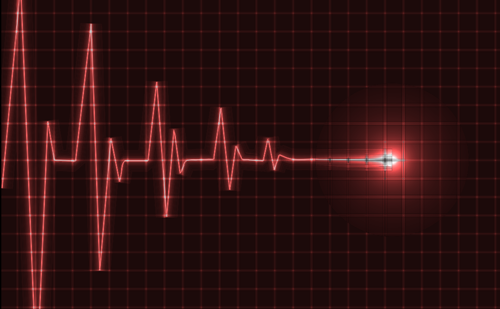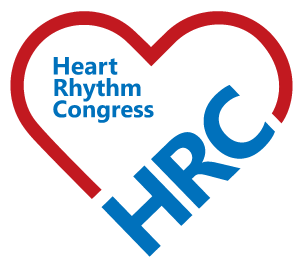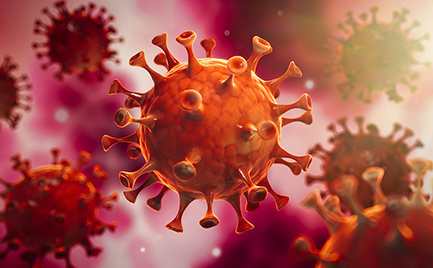Introduction: Cardiac resynchronisation therapy (CPT) is a powerful adjuvant therapy in patients with chronic heart failure (CHF) who have electrical dyssynchrony of cardiac activity, which reduces morbidity and increases survival in this group of patients. Between October 2015 and December 2016, 11,088 patients who received implantation of cardiac resynchronisation therapy (CPT) devices from 42 countries were included in the CRT Survey II study. Objective: to compare the results obtained from patients with implanted CRT in the Republic of Kazakhstan (RK) with the results of pan-European population (PEP).
Materials and methods: The demographic and implant-related data from the centres of the RK participating in the study in comparison with PEP data were analysed.
Results: A total of 34 patients were included (32.4% women, the average age of patients was 64.9 ± 8.5 years, 54.5% with ischaemic cardiopathy). At 30.3% main reason for implantation was atrial fibrillation with high ventricular rate, 81.8 % implantation was determined by the complete blockade of the left leg of the bundle of His. Cardiac dyssynchrony was considered as an indication for CRT implantation significantly more often for patients in the RK than in the PEP (87.9% versus 11.3% p<001001 56689 95% CI (19.97–162.09). In comparison with PEP the presence of one or more, did not requiring surgical correction valve pathology was more common in RK patients (69.7 versus 27.1% p<001001 OR 6.20 95% CI (2.95–13.05)). The population of RK patients were more symptomatic of CHF (NYHA III 90.9% versus 54.4%). CRT-D implantation (100.0% versus 69.7%; p=0.00015) rather than CRT-P, as well as quadripolar ventricular electrodes (87.9% versus 42.1%; OR 9.97, 95% CI (3.50–28.38); p<0.0001) were more often used in RK patients. The position of the ventricular electrode was optimized (93.9% versus 33.6%; p<0.0001). The device function was optimised in 100% of cases, which is significantly higher than in PEP (100.0% versus 57.8%; OR 6.53, 95% CI ([2.83–15.06]; p<0.0001). Complications of the implantation procedure were comparable in RK and PEP.
Conclusions: Compared with PEP, patient which were implanted CPT in RK were more symptomatic of CHF and more often had valve pathology, which did not require surgical correction. Patients in RK more often than in PEP were evaluated the presence of mechanical dyssynchrony of cardiac activity and more often achieved optimal rates of resynchronisation therapy to the moment of discharge from the hospital.














